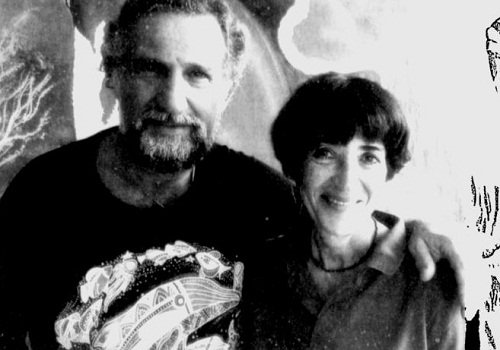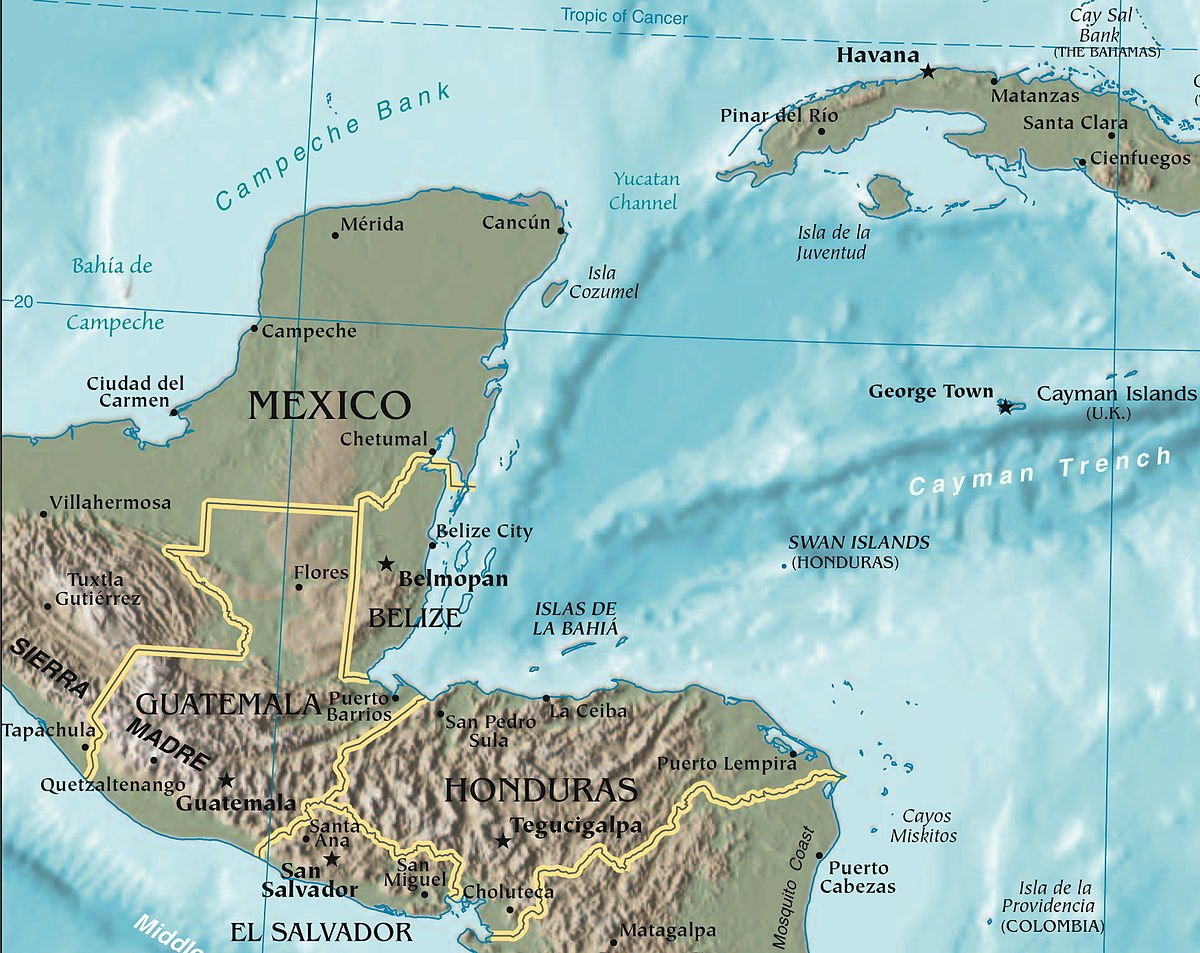The Disappearance of the Underwater City of Cuba
In 2001, sonar images interpreted structures resembling a massive urban complex around 2,000 feet below sea level off the coast of the Pinar Del Rio Province of Cuba. Discovered by marine engineer Pauline Zalitski and her husband Paul Weinzweig, the pair went back and filmed sonar images of the site, capturing numerous pyramid and circular structures of magnificent proportions. However, twenty years have passed since the groundbreaking discovery, and there has been almost no media coverage discussing these findings. Why have archeologists and marine engineers ceased their research on this peculiar site? Was the initial breakthrough a hoax? And will the public ever get answers to the burning myth of this potential Mesoamerican city?
Paul Weinzweig (left) and Pauline Zalitski (right)
Initial Findings
The first discovery was made through Zalitski and Weinzweig’s company Advanced Digital Communications in conjunction with the Cuban government. ADC was one of four additional companies teaming up with President Fidel Castro to explore the Caribbean seas, which are believed to house treasure-filled ships from the Spanish Colonial Era. Initially, researchers utilized sonar technology to explore a 2-square-kilometer area of the ocean floor, but upon examining the strange shapes picked up by the images, the team returned with an underwater remotely operated vehicle. The device captured the image seen above, at a depth between 600 and 750 metres. Researchers found stone pyramid structures, reportedly measured 8 by 10 feet in height and width, that resembled hewn granite. Other circular structures were found, some stacked in ways evident of purposeful design, while others appeared to be placed randomly. Upon this discovery, Zalitski stated “It’s really a wonderful structure which looks like it could have been a large urban center. However, it would be totally irresponsible to say what it was before we have evidence.”
As word spread about the discovery, it didn’t take long for news outlets to connect this strange site to the mythological city of Atlantis. Journalists issued reports questioning whether the lost city was found, with many conspiracists tying the fabled claims of the utopia to the otherworldly depth and design of the Cuban site. While scouring online forums discussing the matter, some netizens at the time took Plato’s word of the “Half human, half god” civilization and compared that to the skewed possibility of such a site existing in the Caribbean, inhabited by a group revered for their architectural and technological advances, which might’ve been mistaken for supernatural abilities.
However, many were skeptical of the possibility of an ancient site existing at all. Marine geologist Manuel Iturralde of the Cuban National History Museum in Havana reported the depth and design of the structures fell out of place within the linearity of human evolution as we know it. According to estimates made by scientists, it would have taken 50,000 years for the site to sink at such great depths. “It was beyond the capability of cultures of that time to establish such complex structures” Iturralde stated. “To explain these samples in a geological point of view is very hard.” The ADC also debunked stories of the city, with Zalitski stating “That story is a myth. What we have found are most likely remnants of a local culture.”
Land Bridge?
Yucatan channel
Despite the refrain from archeologists to determine the true origins of the site, researchers have considered whether the discovery is tied to the local legends of neighboring civilizations. Local myths from the Maya and indigenous Yucatecos describe an island home to their ancestors that was washed away by the sea. It has been heavily debated throughout the anthropology community whether there were interactions between the Carribean Tainos and the Mayans and Aztecs. However, a 100-foot-long land bridge connecting the westernmost tip of Cuba and Mexico’s Yucatan Peninsula has been hypothesized to house a local culture that possibly bridged the two communities. A specialist in ocean archeology at Florida State University weighed in on the speculations of an ancient civilization, stating “It would be cool if they were right, but it would be real advanced for anything we would see in the New World for that time frame. The structures are out of time and out of place.”
So, What Now?
I’ve been hesitant to discuss these findings, as there has not been any new information on this case in over a decade. But stumbling upon this story years ago, I fell down a rabbit hole of Cuban Taino history. Unlike Puerto Rico, where 66% of the population carry Taino DNA, Cubans have long referred to themselves as direct descendants from Spain, abstaining from any African or Taino ancestry they may have. It’s impossible to deny the overwhelming European population of Cuba, especially in the western part of the island, but it is also impossible to discredit the many mixed-race people of the nation and not question where their ancestry stems from. I’ve wondered this ever since I saw an old photograph of my grandfather from my father’s side, who appeared very native-looking, with high cheekbones, amber skin, and almond-shaped eyes. My father, being the second youngest of his 8 siblings, has light tan skin, black hair, and almond-shaped eyes as well. For many years I always regarded him as different than the typical Cubans you see in the United States, as he was often mistaken by my peers as Puerto Rican or Middle Eastern. With this, I question my own cultural identity and helplessly prod at the very little research on the Tainos of Cuba. It’s never made sense to me; being the largest island in the Caribbean, how is there barely any evidence of their prosperity? Yes, Cuba was one of the first islands to be colonized by the Spanish, having its native population severely decreased by enslavement, sickness, and massacres. But remnants of any Taino artifacts, religion, architecture, or literature seem to also be extinct on the island, and that I simply cannot believe. While this story remains mostly theoretical, I still think it is extremely important to discuss any findings regarding the indigenous people of Cuba. After all, regardless of the country's state today, this was once a nation of thinkers and dreamers, who embraced the land as it was after formation 200 million years ago. Their stories, desires, fears, disgusts, affairs, and wonders are embedded in the land, despite the ruthless deconstruction of their identities in the mosaic of humanity. Not just as a Cuban, but as a person who also wants their stories heard, I must uncover all I can and piece together the history of these forgotten people.


